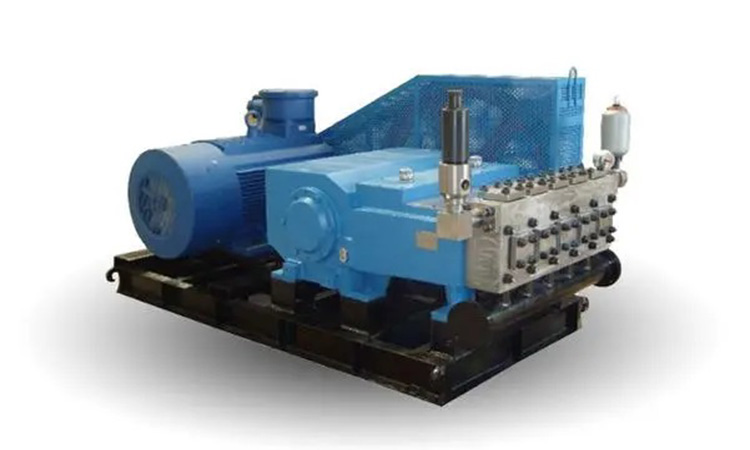2024-05-16
Common faults and troubleshooting methods of reciprocating water injection pumps
Common faults and troubleshooting methods of reciprocating water injection pumps
| Serial number | Fault conditions | Cause | Method of exclusion |
| 1 | The suction and discharge pressure gauge fluctuates and exceeds the limit. | 1. Insufficient water supply | 1. Solve the water supply problem |
| 2. Leakage of suction and discharge valve | 2. Check the suction and discharge valves | ||
| 3. There is air in the pressure gauge pipeline | 3. Discharge the air in the tube | ||
| 2 | The vibration of the whole machine exceeds the limit | 1. The crankshaft shaft moves too much in the direction | 1. Check the axial clearance |
| 2. The connection clip is loose | 2. Adjust the connection clip to meet the requirements | ||
| 3 | The whole machine is too noisy | 1. The inlet and outlet valves are loose or damaged. | 1. Adjust or replace damaged parts |
| 2. The moving parts are loose or the gap is too large | 2. Tighten the loose parts and adjust the gap. | ||
| 3. Rolling bearing damage | 3. Replace bearings | ||
| 4 | Rolling bearing temperature is too high and the sound is abnormal | 1. Improper assembly of bearings | 1. Reassemble and adjust the gap |
| 2. Bearing parts have fatigue corrosion marks or damage. | 2. Replace bearings | ||
| 3. Lubricant emulsified or deteriorated | 3. Change lubricating oil | ||
| 4. Pump overload operation | 4. Replace the corresponding plunger assembly | ||
| 5. The crankcase oil level is too high or too low | 5.Adjust the oil level height | ||
| 6. Mechanical failure in the crankcase | 6. Maintenance personnel identify and handle the problem | ||
| 5 | The plunger seal leaks seriously | 1. The sealing packing is damaged | 1. Replace the packing |
| 2. The cover of the root box is too loose | 2. Adjust the tightness of the gland | ||
| 6 | Crankshaft oil seal, oil retaining head oil seal leaks | 1. Improper assembly of oil seal | 1. Reassemble the oil seal |
| 2. Oil seal is damaged | 2. Replace with new oil seal | ||
| 7 | Liquid inlet pipeline vibrates too much | 1. There is gas in the pump head | 1. Exhaust gas |
| 2. Insufficient fluid supply | 2. Increase the liquid supply volume | ||
| 8 | Crankcase oil temperature is too high | 1. The oil does not meet the requirements | 1. Change oil |
| 2. Lubricant emulsified or deteriorated | 2. Replace lubricating oil | ||
| 3. Pump overload operation | 3. Replace the corresponding plunger assembly | ||
| 4. The crankcase oil level is too high or too low | 4. Adjust the oil level height | ||
| 5. Mechanical failure in the crankcase | 5. Maintenance personnel identify and deal with it |


